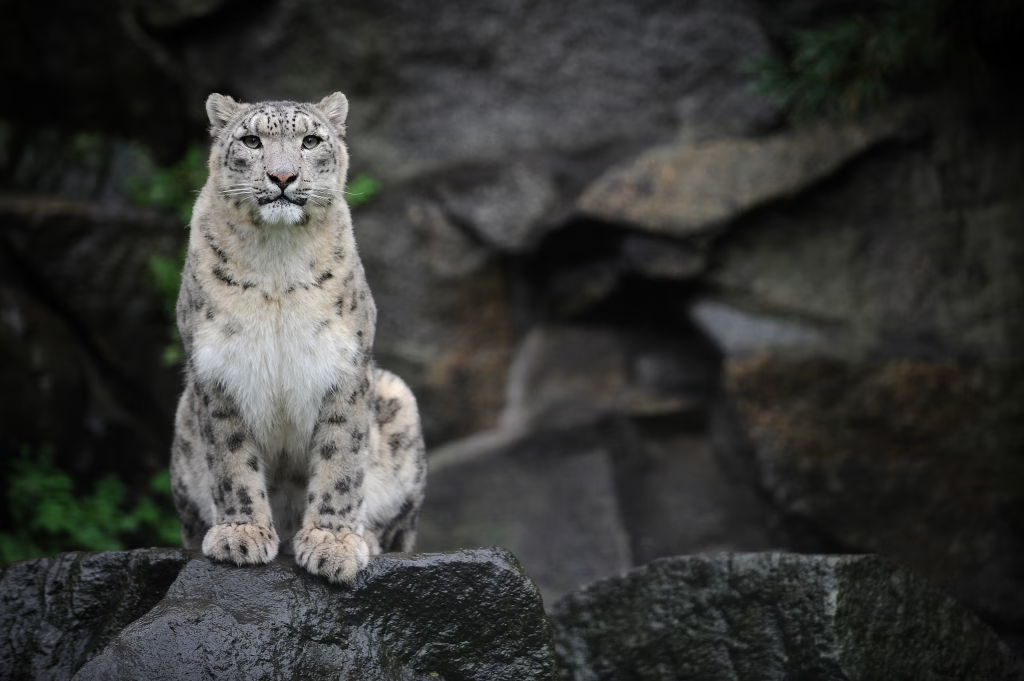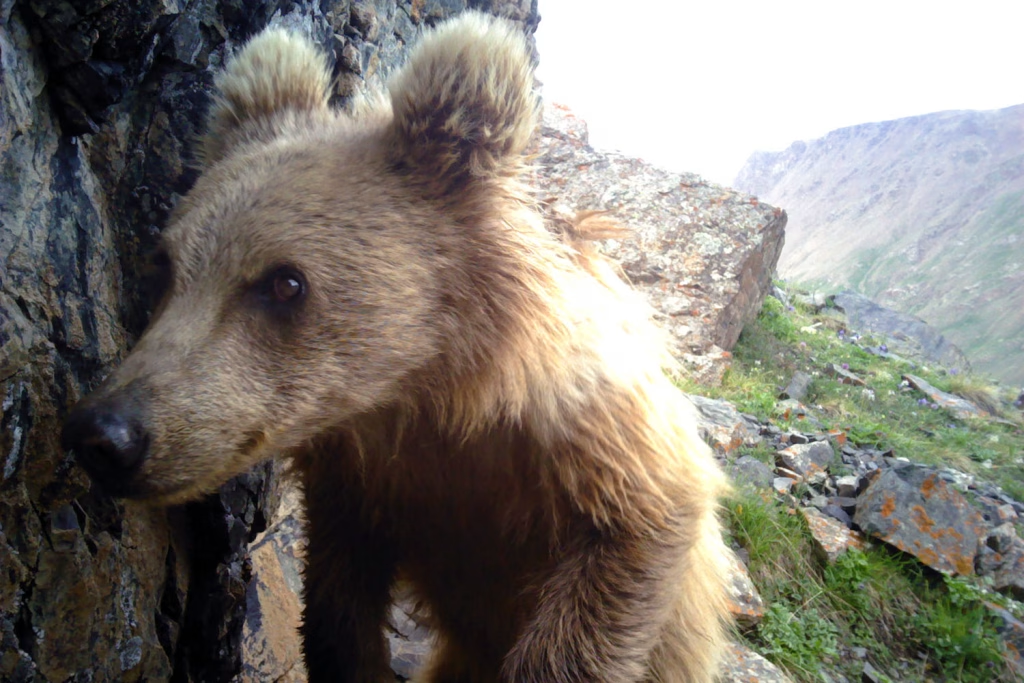

The Central Asian Mammals and Climate Adaptation (CAMCA) project
Snow leopard
Panthera uncia
Known as the “ghost of the mountains”, this solitary, thick-furred cat is an opportunistic predator occurring in the high mountains of the Tibetan Plateau, Himalayas and other surrounding mountain ranges.
Snow Leopard

The Central Asian Mammals and Climate Adaptation (CAMCA) project
Argali sheep
Ovis ammon
The argali sheep is the largest living wild sheep, recognized by its impressive long spiralling horns. The rams (males) are usually larger than the ewes (females) and have longer horns which they use to compete with each other during the mating season. They are an important prey species for wolves and snow leopards.
Argali Sheep

The Central Asian Mammals and Climate Adaptation (CAMCA) project
Bukhara deer
Cervus hanglu bactrianus
The Tarim red deer, Cervus hanglu, is found in riparian regions of Central Asia, western China, and mountainous areas of northern India. The Bukhara deer is a subspecies of Tarim red deer.
Bukhara Deer


The Central Asian Mammals and Climate Adaptation (CAMCA) project
Asiatic ibex
Capra sibirica
Widely distributed in Central and South Asia, the Asiatic ibex is one of the largest mountain goat species. They are recognized by their heavy built bodies and long and impressive horns that grow larger with age.
Asiatic Ibex

The Central Asian Mammals and Climate Adaptation (CAMCA) project
Tian Shan Maral
Cervus canadensis songoricus
The Tian Shan maral is a subspecies of wapiti, Cervus canadensis. This relative of the red deer is distributed through North America, Siberia, and in the high mountains of Central Asia.
Tian Shan Maral


The Central Asian Mammals and Climate Adaptation (CAMCA) project
Tian Shan brown bear
Ursus arctos isabellinus
The range of the omnivorous brown bear, Ursus arctos, has declined in North America, Europe, and Asia, and the species has been extirpated in North Africa. However, it still remains widespread across three continents and continues to be one of the world’s most widely distributed terrestrial mammal.
Tian Shan Brown Bear